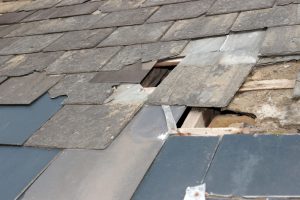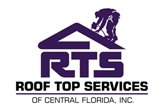The most common roofing material used on a majority of residential homes in any neighborhood around the United States is asphalt shingles. They are a lot less expensive than other roofing options and very easy to install. This makes them a very popular choice for homeowners looking to redo their roof.
However, on the downside, shingles have a shorter life span than most other roofing materials. Because of this, they have to be checked often, either when looking to protect the home or get it ready to put on the market. It is essential to know what to look for when inspecting roof shingles to know if the shingles are going bad. R
Many times, there are signs that roof shingles are bad without having to venture to the top of the roof. Stains located along ceilings and/or attics are a good indication that there is a leak in the roof. New stains are soft to the touch, while older stains are firmer because they have existed for some time. Even though water stains may not necessarily be connected to bad roof shingles, it is advisable to monitor the location and proceed with caution. It could be a sign of a larger problem, as in the insulation is moldy and/or wet due to bad roof shingles.
A good sign that roof shingles are going bad is if the homeowner heads into the attic and can see the sun’s rays through the roof. If the sun is able to shine and get through the roof, it is a good indication that moisture is able to enter into the house through the roof as well. Elevated energy bills are another good sign of a problem with roof shingles. Insulation in the home is being made ineffective due moisture entering in through the roof. It allows cold air to enter into the home, making the heating system work much harder to keep the home warm.
Exterior signs of roof shingles going bad can be seen by a trip onto the roof. However, before proceeding to the roof, maintain caution. Walking on the roof can cause further damage to shingles if not careful. Furthermore, the right kind of protection is needed for the person on the roof, such as a hardhat and a harness. A good sign of roof shingles going bad are damaged and missing shingles. Cracking, wavy edges and curling are all signs of shingle damage. Another sign is pieces of roofing shingles located along the gutters of the home and spread along the roof’s surface. Cracking and blistering roof shingles is a primary sign that the residential roof is starting to fail and requires immediate attention. While mold and algae on the roof is not a primary indicator of bad shingles on the roof, if it is the only place where mold and algae reside along the home’s exterior, it is a probable sign of ineffective roofing insulation most likely due to roof shingles that are going bad.

